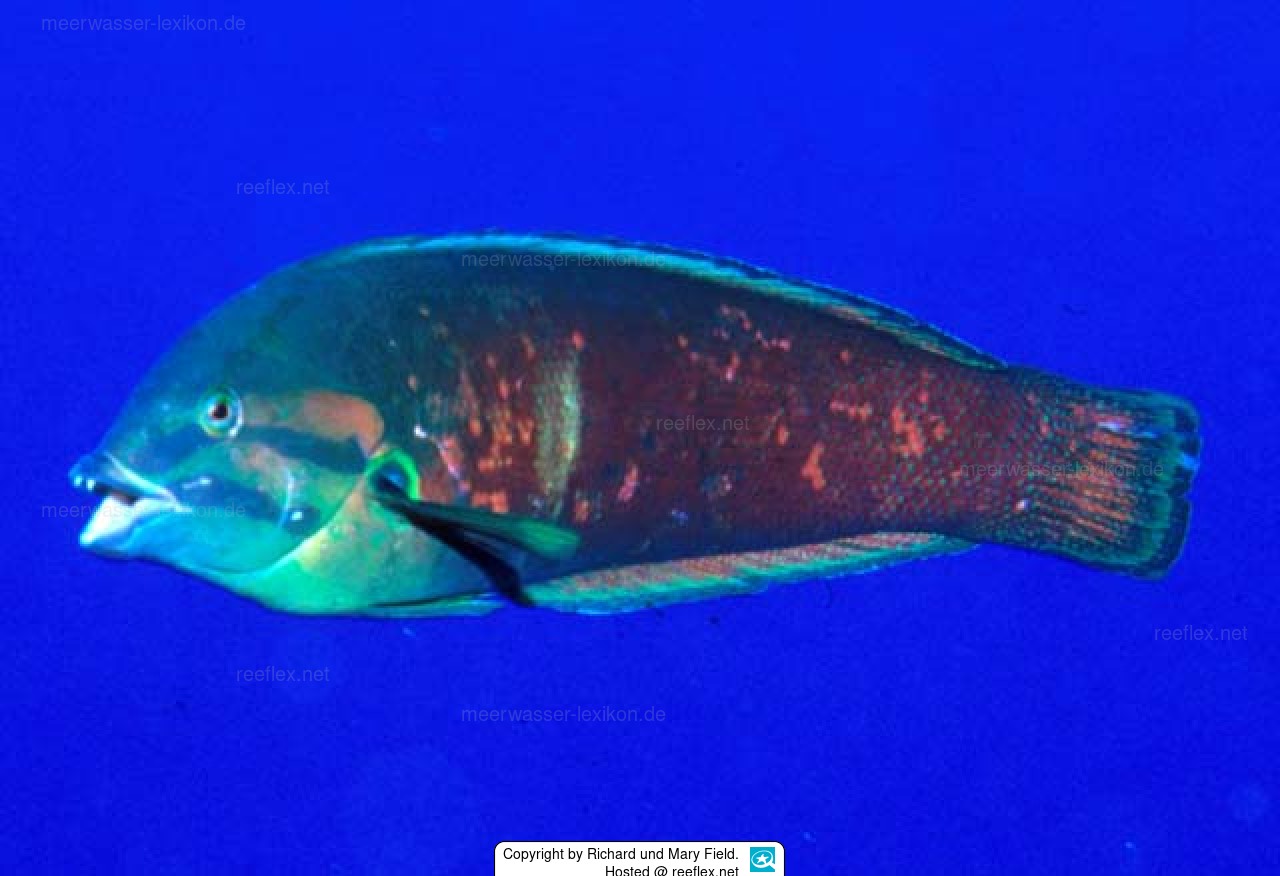Info
Coris cuvieri (Bennett, 1831)
Inhabits exposed outer reef flats and lagoon and seaward reefs, in areas of mixed sand, coral and rubble. Juveniles occur in small tide pools, exposed reef flats with algae-rubble. Generally solitary. Feeds mainly on hard-shelled prey, including crustaceans, mollusks and sea urchins.
Jumping guard
A jumping guard prevents (nocturnal) fish from jumping out.
Wrasses, blennies, hawkfishs and gobies jump out of an unprotected tank in fright if their night rest is disturbed, unfortunately these jumpers are found dried up in the morning on carpets, glass edges or later behind the tank.
https://www.korallenriff.de/en/article/1925_5_Jump_Protection_Solutions_for_Fish_in_the_Aquarium__5_Net_Covers.html
A small night light also helps, as it provides the fish with a means of orientation in the dark!
Synonymised names
Coris africana Smith, 1957 · unaccepted
Coris gaimard africana Smith, 1957 · unaccepted (synonym)
Julis cuvieri Bennett, 1831 · unaccepted
Julis stellatus Valenciennes, 1839 · unaccepted
Inhabits exposed outer reef flats and lagoon and seaward reefs, in areas of mixed sand, coral and rubble. Juveniles occur in small tide pools, exposed reef flats with algae-rubble. Generally solitary. Feeds mainly on hard-shelled prey, including crustaceans, mollusks and sea urchins.
Jumping guard
A jumping guard prevents (nocturnal) fish from jumping out.
Wrasses, blennies, hawkfishs and gobies jump out of an unprotected tank in fright if their night rest is disturbed, unfortunately these jumpers are found dried up in the morning on carpets, glass edges or later behind the tank.
https://www.korallenriff.de/en/article/1925_5_Jump_Protection_Solutions_for_Fish_in_the_Aquarium__5_Net_Covers.html
A small night light also helps, as it provides the fish with a means of orientation in the dark!
Synonymised names
Coris africana Smith, 1957 · unaccepted
Coris gaimard africana Smith, 1957 · unaccepted (synonym)
Julis cuvieri Bennett, 1831 · unaccepted
Julis stellatus Valenciennes, 1839 · unaccepted







 Richard und Mary Field, Malta
Richard und Mary Field, Malta









































